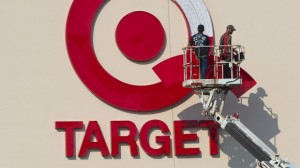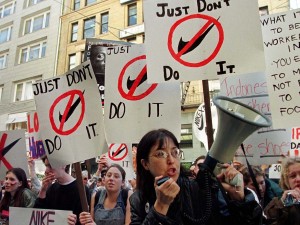What is social enterprise? It is an organization that focuses creating improvements on human and environmental well being, rather that focusing on maximizing profits. I believe it is a vital part of the world we live in today, as it brings people together and generates development for so many.
If the United Nations was fully funded would we need social enterprise? The answer is Y-E-S! The United Nations focuses in on aid and relief efforts. While this can be helpful, most of the efforts effects ware off and are not sustainable in the long run. Often times these efforts hurts these communities and makes them more dependant.
I feel that social enterprises, such as The Arc Initiative, are extremely beneficial for developing countries. Rather than giving these communities what they need, they TEACH them the skills they need to help themselves. This initiative provides people with the skills they will need to become financially independent.
A social Enterprise is also able to focus in on more specific, smaller initiatives, rather than trying to tackle a gigantic issue. I feel that these small initiatives are able to work and “fill in the cracks” left behind from the UN. “Give a man a fish and you feed him for a day; teach a man to fish and you feed him for a lifetime.” -Maimonides. This quote sums up the efforts put on by social enterprise.









 businesses and the economy. As an increasing number of states in the US are voting to legalize weed, there is increasing interest from entrepreneurs and investors.
businesses and the economy. As an increasing number of states in the US are voting to legalize weed, there is increasing interest from entrepreneurs and investors. I can see how many entrepreneurs are itching for the opportunity to get into this market. I also agree with Nurhian’s point, that it will be interesting to see how business will compete and stay stable with such a sudden change. There is a very large chance that consumers will face information overload. These entrepreneurs will need to differentiate themselves from their competition, and position themselves into the mind of the consumer. Because this is a new and emerging market, it is anyones game.
I can see how many entrepreneurs are itching for the opportunity to get into this market. I also agree with Nurhian’s point, that it will be interesting to see how business will compete and stay stable with such a sudden change. There is a very large chance that consumers will face information overload. These entrepreneurs will need to differentiate themselves from their competition, and position themselves into the mind of the consumer. Because this is a new and emerging market, it is anyones game.
 The company’s growth and success has a lot to do with their fantastic marketing strategy. Because Brandy Melville is targeting a teenaged demographic, they use social media marketing- especially Instagram- to capture their customers attention. The company’s Instagram account now has more than two million followers, making it a very useful tool. Brandy Melville hires young girls to snap pictures in their clothes and post it on their account
The company’s growth and success has a lot to do with their fantastic marketing strategy. Because Brandy Melville is targeting a teenaged demographic, they use social media marketing- especially Instagram- to capture their customers attention. The company’s Instagram account now has more than two million followers, making it a very useful tool. Brandy Melville hires young girls to snap pictures in their clothes and post it on their account


